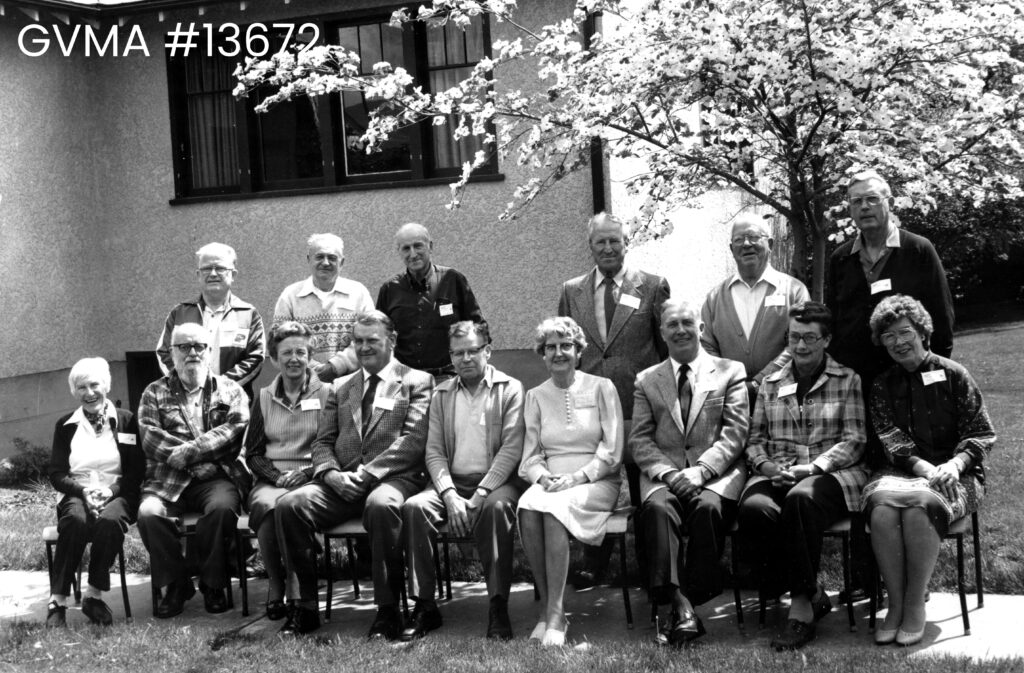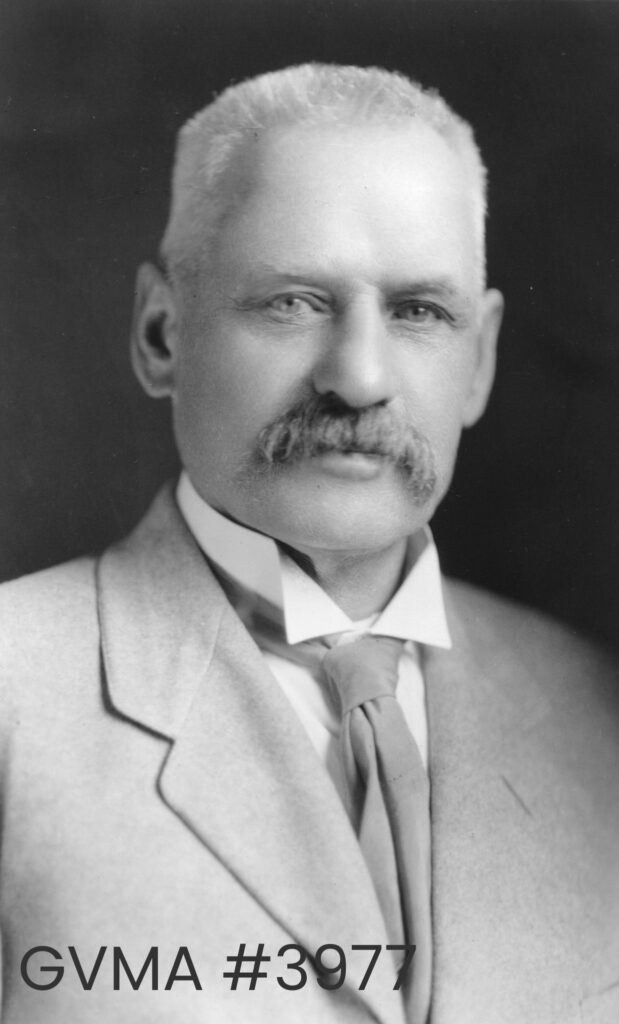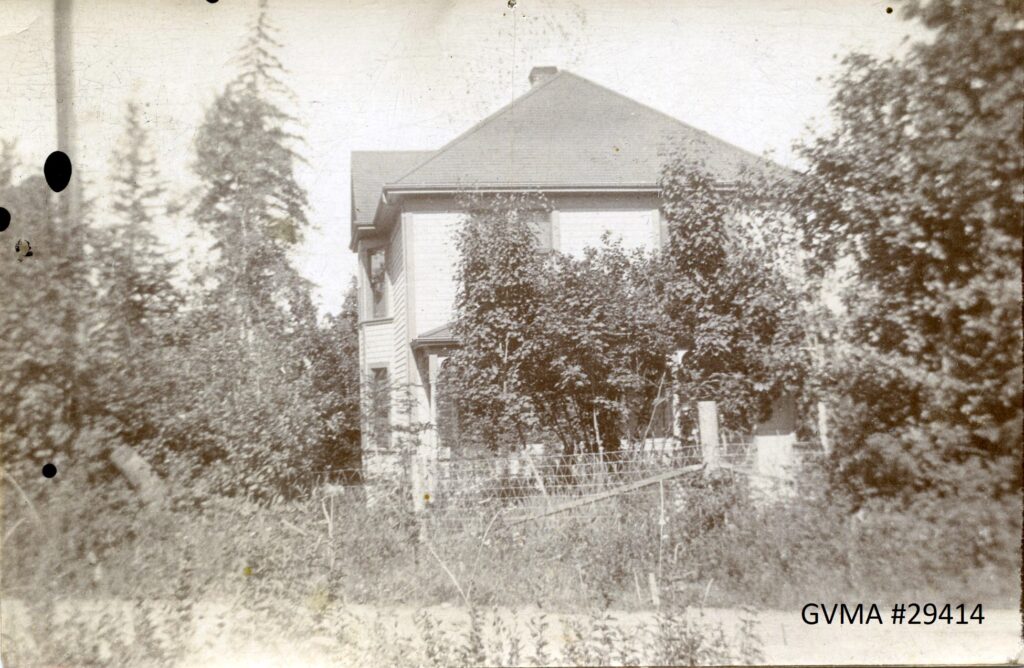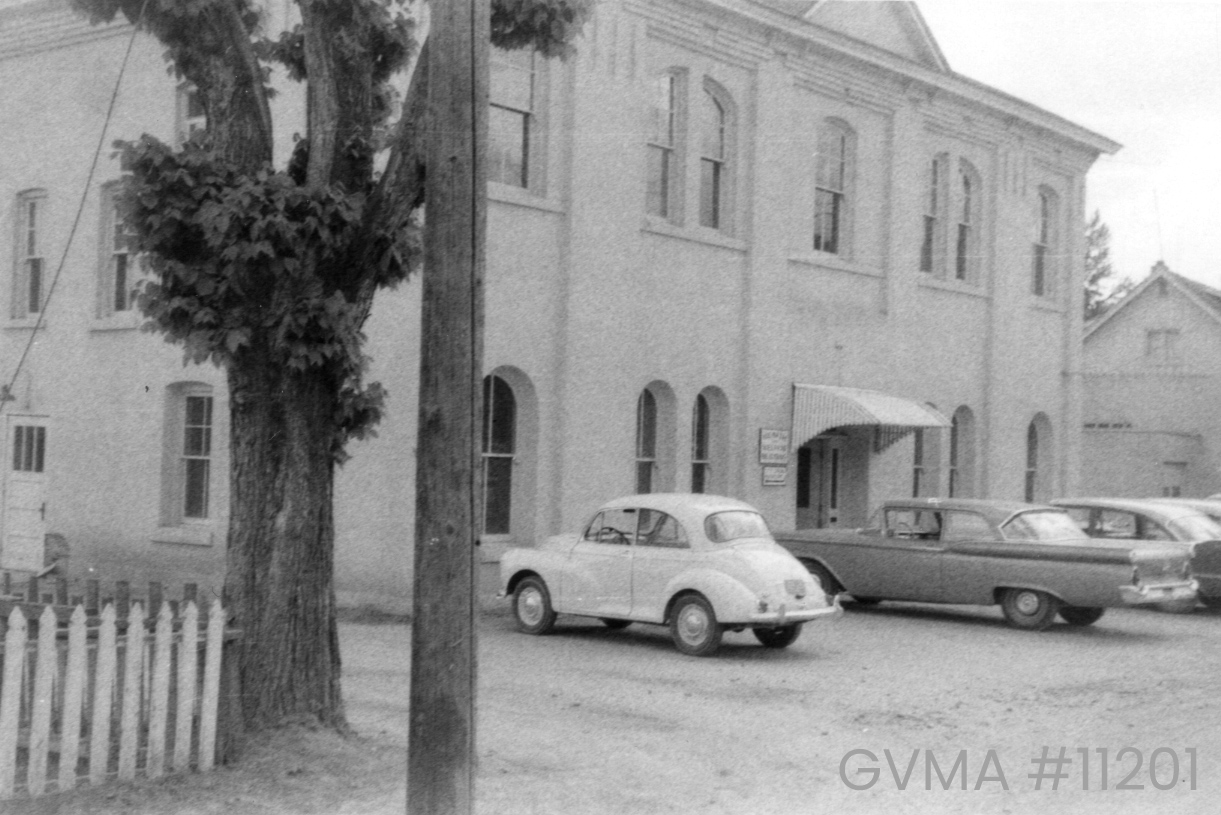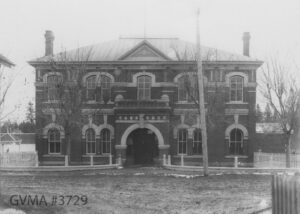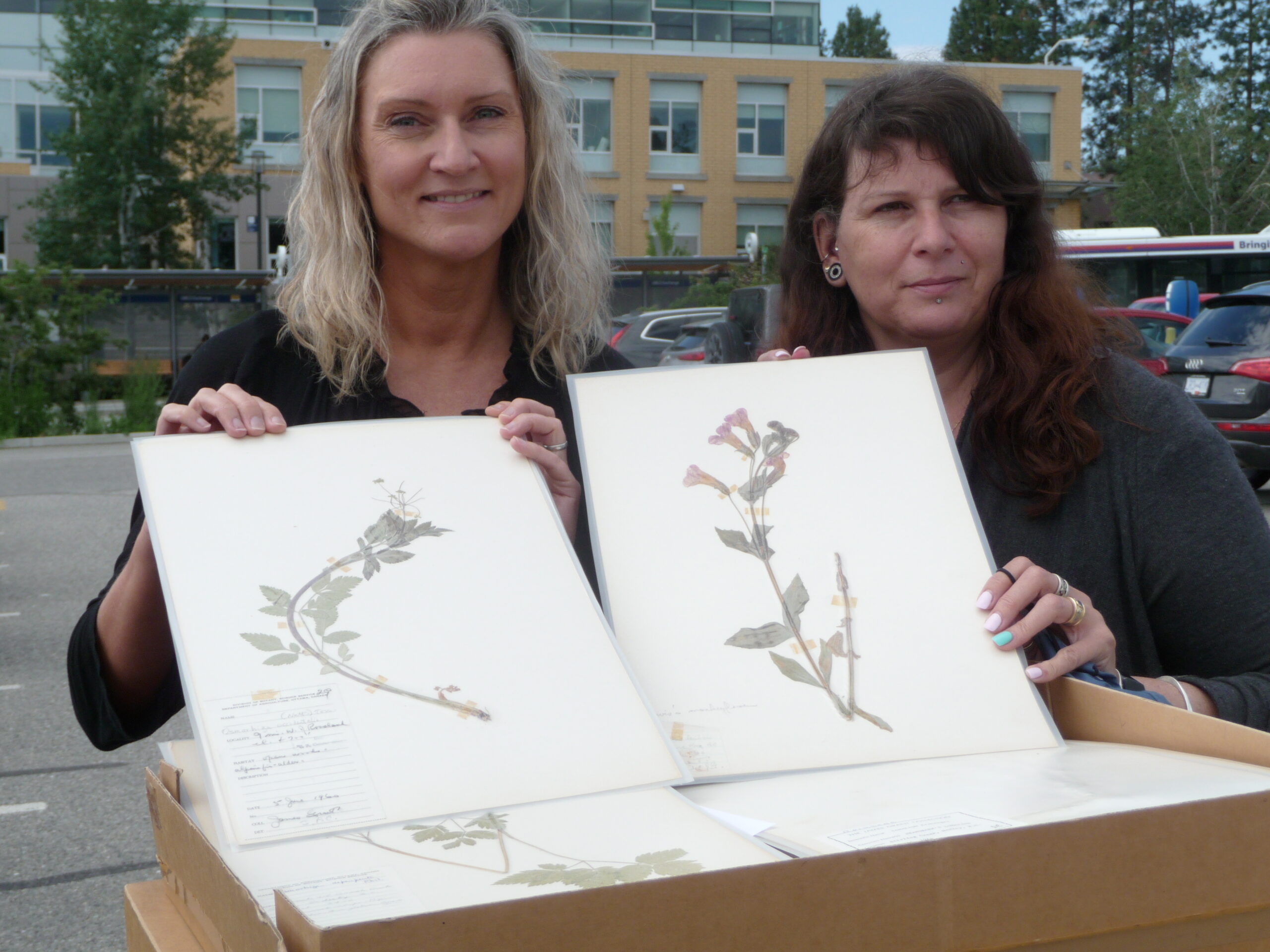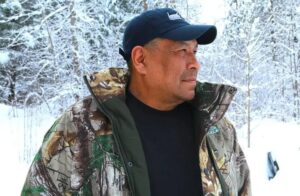
Through the Pages of time
What was the experience like for a senior at Clarence Fulton Secondary School in 1965? A glimpse into the school’s annual from that year provides heartwarming insight.
The 1964/65 academic year began with some confusion for Principal D. L. Mans due to the introduction of a new student timetable. However, by the end of September, most of the issues with the new system had been resolved.
Various events dotted the school calendar, offering students opportunities for socializing and competition. A Sadie Hawkins’ dance kicked off in November, followed by a festive Christmas party in December. In February, students engaged in a spirited volleyball match against the teachers, while April saw them diligently preparing for Easter Exams. The yearbook captures these moments, showcasing students practicing on typewriters, commemorating birthdays, and sharing friendly moments in the hallways.
Athletic triumps and academic achievements
The school’s Athletic Council, led by Executive President and Grade 12 student Robbie Dunn, orchestrated a dynamic year of athletic endeavors. From football and basketball games to track meets and excursions out of town, the council ensured a lively sports calendar. Notably, the football team enjoyed considerable success, with only one loss in eight league games.
The graduating class of 1965 marked a milestone as the largest in the school’s history thus far. Principal Mann expressed satisfaction with the number of high-achieving “A” students among the graduates. Noteworthy alumni from that year include Queen Silver Star VI Pat Chemko (later Wallace), lauded in the yearbook as “charming in her manner, winning in her way.”
Legacy and change
Local businesses also left their mark in the yearbook, extending congratulations to the graduates while promoting their products and services. Advertisements featured customized graduate jewelry, with WM. Arnott Jewellers offering girls’ rings at $2.50 and boys’ rings at $3.95. Notably, wedding bands also made an appearance in the advertisements.
Originally known as Vernon High School (VHS), the institution was established in 1937 on city land in Polson Park. In 1964, it was renamed Clarence Fulton Secondary School in honor of its first principal. The school later relocated to its current site on Fulton Road in 1993, with the original Polson Park building being demolished in 1998.
As the pages of the annual turn, capturing the essence of a bygone era, one cannot help but smile at the timeless memories and enduring camaraderie shared by the students of Clarence Fulton Secondary School in 1965.
To explore more of Vernon’s history, check out our other blog posts!
Gwyneth Evans, Head of Archives

